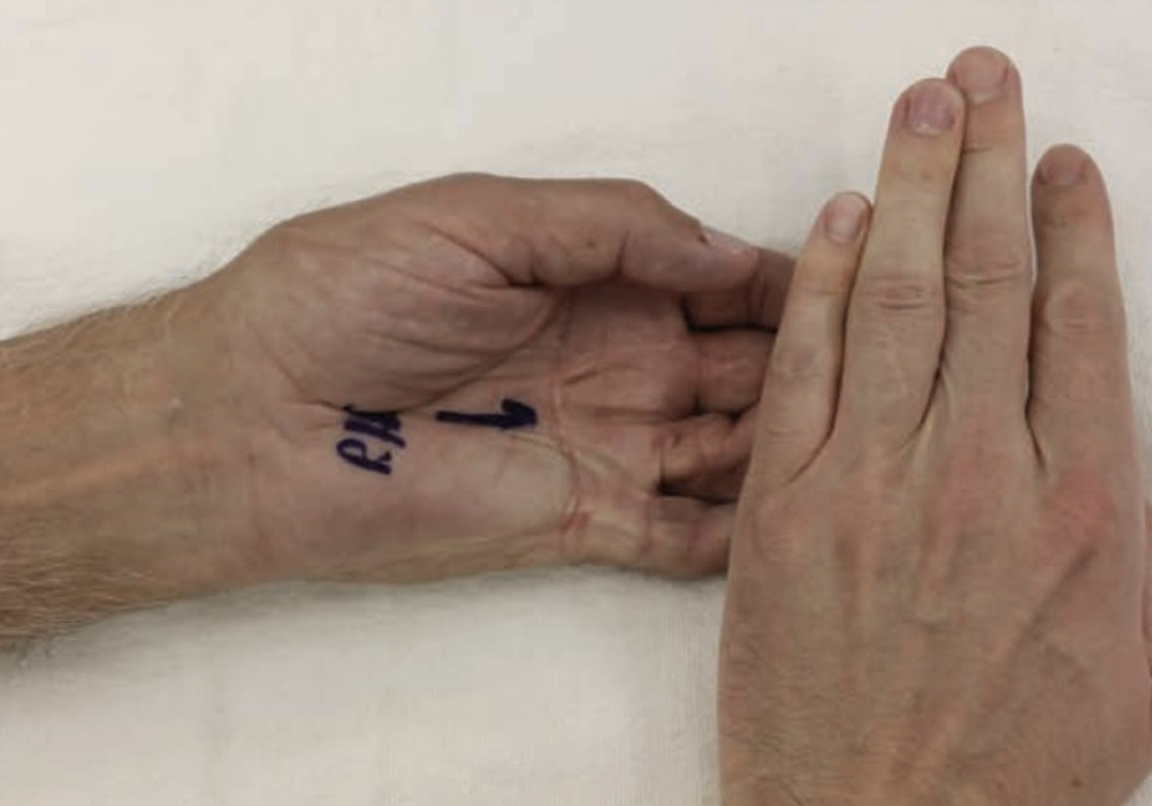Educación continua para OTA: beneficios, requisitos y mejores programas
archivado en Sin categoría
Introduction to Continuing Education for Occupational Therapy Assistants (OTAs)
Occupational Therapy Assistants (OTAs) play a vital role in helping patients recover, adapt, and thrive in their daily lives. However, healthcare is constantly evolving, which makes continuing education for OTA professionals more than just a requirement—it’s a pathway to professional growth and enhanced patient outcomes.
In this guide, we’ll explore the importance of OTA continuing education, licensing requirements, best CEU providers, and future trends shaping the profession. Whether you’re just starting your career or are an experienced OTA, investing in continuing education can transform your career trajectory.

Why Continuing Education is Crucial for OTAs
Keeping Up with Industry Standards
Healthcare regulations, therapy techniques, and patient care models frequently change. OTAs who stay updated through continuing education are better equipped to meet evolving demands.
Enhancing Patient Care Skills
Continuing education enables OTAs to refine their therapeutic techniques, explore new treatment modalities, and provide more personalized care. This directly impacts patient recovery and satisfaction.
Meeting Licensure Renewal Requirements
Most states mandate CEUs (Continuing Education Units) for OTA license renewal. Without them, professionals risk suspension of their practice privileges.
CEU Requirements for OTAs in Different States
State-by-State Variations
Each state has different CEU requirements. For instance, Texas requires 24 CEUs every two years, while California mandates 20. Knowing your state’s guidelines ensures compliance.
AOTA Guidelines and Recommendations
The American Occupational Therapy Association (AOTA) also provides CEU recommendations and maintains a list of approved providers.
Types of Continuing Education Courses for OTAs
Opciones de CEU en línea o presenciales
- Online courses provide flexibility and convenience for working OTAs.
- In-person workshops offer hands-on training and direct peer networking.
Specialized Therapy Training Courses
These include pediatric therapy, geriatric rehabilitation, hand therapy, and neurological rehabilitation.
Leadership, Ethics, and Professional Development
Beyond clinical skills, OTAs can explore ethics, leadership, and management courses to prepare for supervisory roles.
Cómo elegir el programa de educación continua adecuado
Accreditation and Approval
Always verify that a program is approved by AOTA or your state licensing board.
Cost vs. Value Analysis
While some courses are costly, many employers reimburse CEU fees or offer stipends.
Flexibility and Scheduling
Consider whether the program aligns with your work schedule and learning style.
Benefits of Continuing Education for OTAs
Career Advancement Opportunities
Specialized training can open doors to senior OTA roles or transition into occupational therapist (OT) positions.
Salary Growth and Job Security
Additional certifications often lead to higher pay and greater job stability.
Expanded Professional Network
Workshops and seminars connect OTAs with peers, mentors, and potential employers.
Best Continuing Education Providers for OTAs in 2025
AOTA Learning Platforms
El American Occupational Therapy Association (AOTA) offers a wide range of accredited courses.
Rehab Continuing Education Programs
Providers like Hand Therapy Academy (HTA) is one of the most popular ones among OTAs.
University and College Offerings
Many universities now offer CEU programs designed for working healthcare professionals.
Funding and Financial Aid Options
Employer-Sponsored CEU Programs
Many healthcare organizations provide employer reimbursement for CEU courses as part of their professional development initiatives. OTAs should check with HR departments for available tuition assistance or in-house training programs.
Scholarships and Grants
Organizations such as the AOTA and private foundations offer scholarships and grants specifically for occupational therapy professionals. These can significantly reduce the financial burden of ongoing education.
Common Challenges in OTA Continuing Education
Time Management for Working OTAs
Balancing full-time work, personal life, and CEU requirements can be overwhelming. Online courses and weekend workshops are excellent solutions for busy OTAs.
Cost Concerns and Solutions
While high-quality CEU programs can be expensive, opting for employer-funded courses or low-cost online platforms can help. Free webinars and professional conferences often offer CEU credits as well.
Tips for Success in OTA Continuing Education
Establecer objetivos de aprendizaje
Before enrolling in a course, OTAs should define their career and skill goals. This ensures they invest time and money into meaningful learning opportunities.
Leveraging Online Learning Tools
Interactive modules, recorded lectures, and virtual labs provide flexible ways to complete CEUs without compromising work schedules.
Networking with Other OT Professionals
Engaging with peers during courses or conferences can open doors to mentorship, job opportunities, and collaborative learning.
Tendencias futuras en la educación continua de la OTA
The Rise of Telehealth and Virtual Therapy Training
Telehealth is becoming a cornerstone of modern healthcare. Continuing education now includes teletherapy certifications that help OTAs support patients remotely.
Integration of AI and Technology in Therapy Practices
Artificial intelligence and digital tools are transforming therapy assessments and interventions. OTAs will need ongoing education to master these innovations.
FAQs on Continuing Education for OTAs
Q1: How many CEUs do OTAs need for license renewal?
Requirements vary by state. For example, Florida requires 26 CEUs every two years, while California requires 20. Always check your state’s licensing board.
Q2: Are online CEUs accepted for OTAs?
Yes. Most states accept online CEUs as long as they’re from proveedores acreditados approved by AOTA or state boards.
Q3: How much does OTA continuing education cost?
CEU prices range from $20 per credit hour to $300+ per course, depending on the provider and specialization.
Q4: Can employers pay for OTA CEUs?
Yes, many employers offer tuition reimbursement or pay for CEU courses to support professional development.
Q5: What are the most popular CEU courses for OTAs?
Pediatrics, geriatrics, hand therapy, ethics, and leadership training are among the top choices.
Q6: What happens if I don’t complete my CEUs on time?
Failure to complete CEUs can result in license suspension or non-renewal. Extensions may be granted in special cases, but it’s best not to risk delays.
Conclusion: Why Every OTA Should Prioritize Lifelong Learning
Continuing education for OTA professionals isn’t just about meeting licensing requirements—it’s about career growth, better patient care, and long-term job security. By choosing accredited programs, managing time wisely, and seeking financial aid opportunities, OTAs can stay competitive in today’s fast-changing healthcare environment.
As the profession evolves with telehealth, AI, and advanced therapy practices, OTAs who invest in lifelong learning will remain at the forefront of patient care.
Simply put: continuing education is the bridge between being a good OTA and becoming a great one.
Más para leer
¿Qué? Acabo de recibir una orden para retirar la sutura...
¿Cuántos de nosotros hemos practicado la retirada de suturas en la escuela de fisioterapia o ocupacional? ¡¡YO NO!! A menudo, los cirujanos de mano le pedirán al terapeuta que retire las suturas y, a veces, la orden incluso dirá "retire las suturas cuando esté listo". ¿Y AHORA QUÉ? ¿Cómo quitar las suturas continuas? Primero, ¡podemos cubrir los conceptos básicos de las suturas! Hay…
Leer más17 datos importantes que debes saber sobre la formación continua en fisioterapia y terapia ocupacional en 2025
1. Introducción a la Educación Continua. La educación continua en fisioterapia y terapia ocupacional es más que un requisito: es el motor del crecimiento profesional. En un campo en constante evolución, mantenerse actualizado no solo es inteligente, sino necesario. Para los fisioterapeutas (FT) y los terapeutas ocupacionales (TO), la educación continua (EC) ayuda a perfeccionar sus habilidades, mejorar los resultados de los pacientes y mantener su licencia. Educación continua…
Leer másDescubriendo las conexiones entre el dedo en gatillo y la enfermedad de Dupuytren
Descubriendo las conexiones entre el dedo en gatillo y el de Dupuytren Por: Tayer Roost Referencia: Yang, Gehring, M., Bou Zein Eddine, S. y Hettinger, P. (2019). Asociación entre tenosinovitis estenosante y contractura de dupuytren en la mano. Cirugía plástica y reconstructiva. Abierto global, 7(1), e2088–e2088. https://doi.org/10.1097/GOX.0000000000002088 The Skinny: Esta revisión retrospectiva del gráfico discutió la posibilidad de una correlación entre la estenosación...
Leer más¡Regístrese para recibir actualizaciones directamente en su bandeja de entrada!
Regístrese con nosotros y le enviaremos publicaciones periódicas en el blog sobre todo lo relacionado con la terapia de manos, avisos cada vez que subamos nuevos videos y tutoriales, junto con folletos, protocolos y otra información útil.





